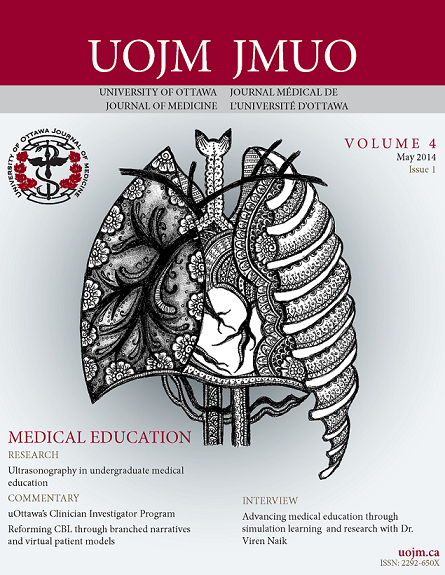Double blinding in peer review: is it worth the hype?
DOI:
https://doi.org/10.18192/uojm.v4i1.1030Keywords:
peer review, journalology, review bias, double-blind, single-blind, editorial, institutional medical journalsAbstract
INTRODUCTION Without a doubt, peer review is the measuring stick by which science is judged. Peer review is a longstanding tradition in academic circles as the standard practice for evaluating articles for publication, grants and academic promotions. The term itself conjures up certain connotations and mixed emotions. Knowing that a body of work has successfully gone through peer review immediately increases credibility and, although academics would be hesitant to confess, it is too frequently unquestioned. A recent article by John Bohannon in Science tells the story of how his bogus paper full of glaring fatal flaws was accepted by an astonishing 157 out of 255 open-access “peer reviewed” journals [1], casting doubt on the level of scrutiny from journals claiming to perform peer review. Perhaps it is time to cast aside our blind faith and understand the limitations of peer review.Downloads
Published
2014-05-06
Issue
Section
Editorial
License
- Authors publishing in the UOJM retain copyright of their articles, including all the drafts and the final published version in the journal.
- While UOJM does not retain any rights to the articles submitted, by agreeing to publish in UOJM, authors are granting the journal right of first publication and distribution rights of their articles.
- Authors are free to submit their works to other publications, including journals, institutional repositories or books, with an acknowledgment of its initial publication in UOJM.
- Copies of UOJM are distributed both in print and online, and all materials will be publicly available online. The journal holds no legal responsibility as to how these materials will be used by the public.
- Please ensure that all authors, co-authors and investigators have read and agree to these terms.
- Works are licensed under a Creative Commons Attribution-NonCommercial-NoDerivatives 4.0 International License.


